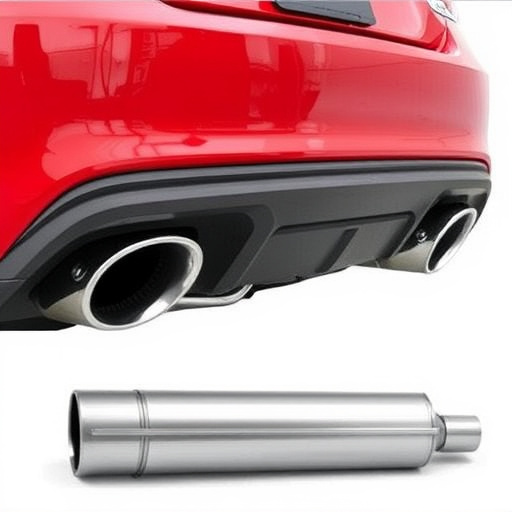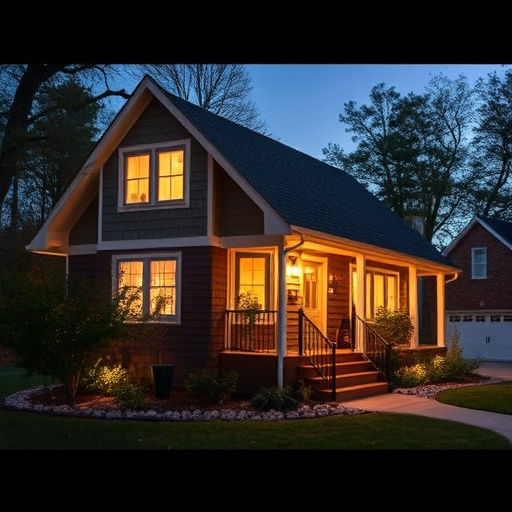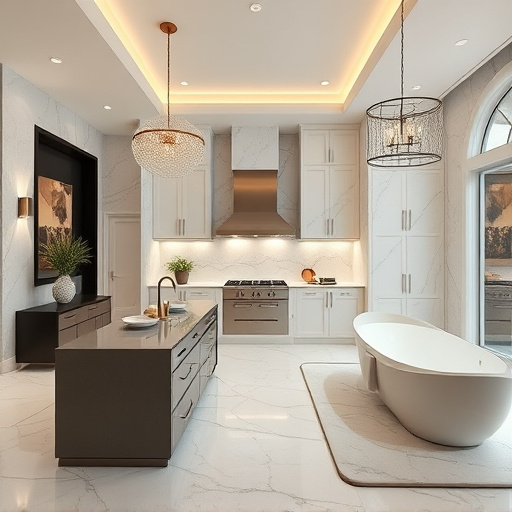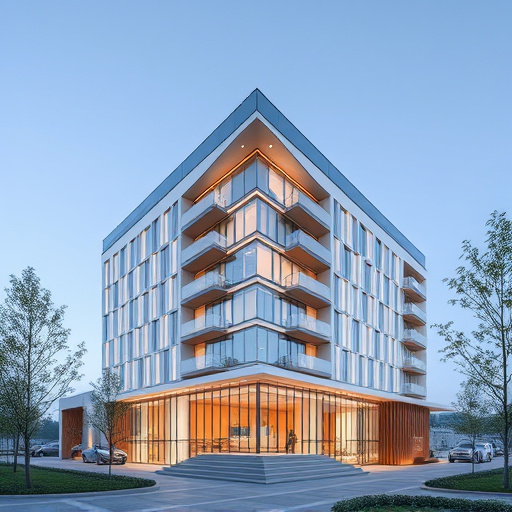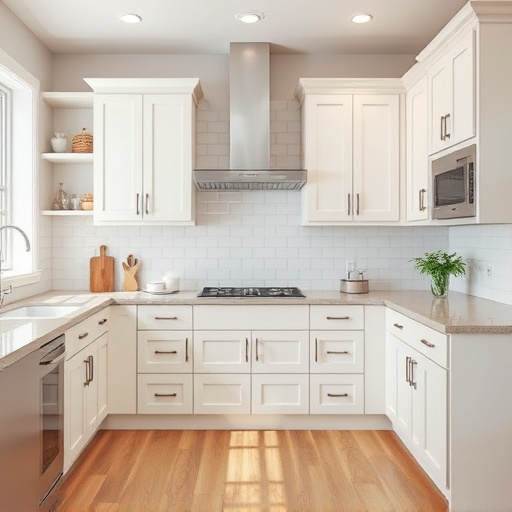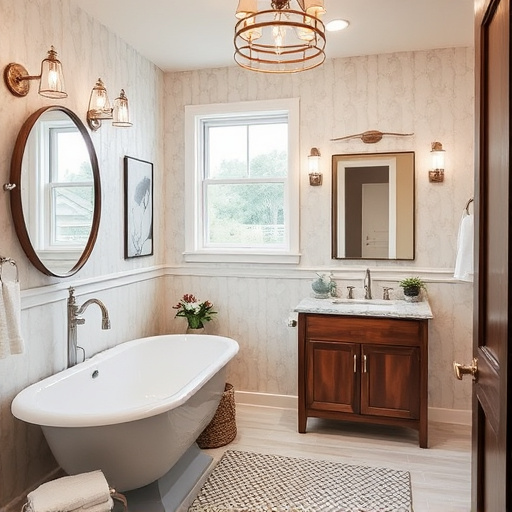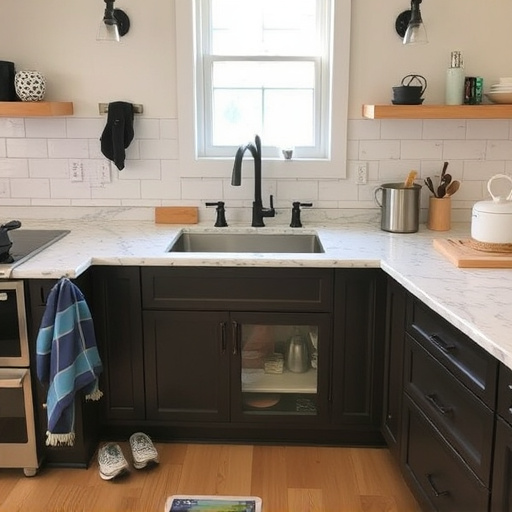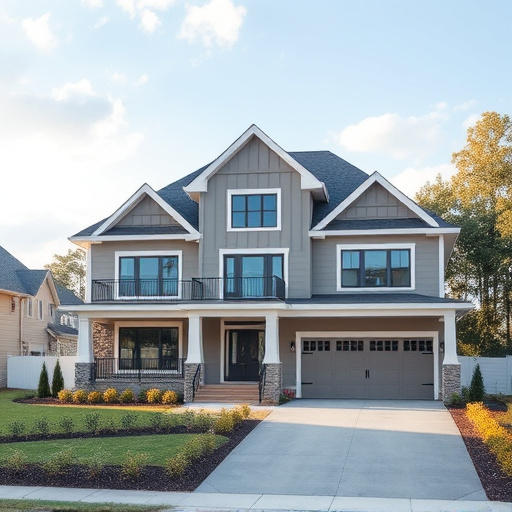When upgrading floors in homes with radiant heat systems, opt for materials like ceramic tile, stone, or specific types of hardwood that can withstand high temperatures and complement the system's warm glow. Avoid carpets for enhanced comfort and energy efficiency. This upgrade improves aesthetics, offers durability, and simplifies remodels while contributing to a cozy environment and reduced energy costs. Prioritize "radiant heat compatible" or "low-emissivity" flooring options for efficient warmth distribution and sustainable practices.
“Consider a flooring upgrade for your home with a radiant heat system—a smart investment that enhances comfort and energy efficiency. This guide explores the unique considerations when updating floors in heated spaces, offering insights into the best practices and materials. From understanding the impact of radiant heat on flooring choices to selecting options that maximize thermal comfort and minimize heat loss, you’ll discover how a well-chosen floor can transform your living space.”
- Understanding Radiant Heat Systems and Their Impact on Flooring Choices
- Benefits of Upgrading Flooring in Homes with Radiant Heat
- Selecting the Right Flooring Options for Optimal Comfort and Efficiency
Understanding Radiant Heat Systems and Their Impact on Flooring Choices
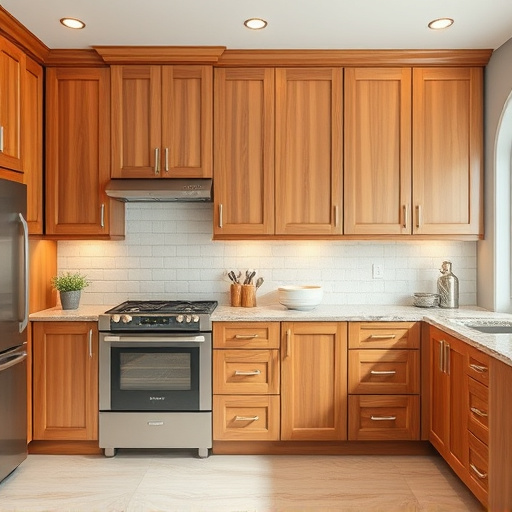
Radiant heat systems are an innovative and efficient way to warm your home, and understanding how they work can significantly influence flooring decisions during a renovation or upgrade. This type of heating system circulates hot water or steam through pipes embedded in the floor, providing even and consistent warmth throughout the space. The impact on flooring choices is twofold: first, it requires floors that can withstand high temperatures without warping or damaging the material; second, radiant heat itself can influence the overall aesthetic and comfort of a room.
When considering a flooring upgrade for your home with a radiant heat system, options like ceramic tile, stone, and certain types of hardwood are ideal. These materials not only endure the warmth but also complement the subtle glow that radiant heat systems produce. In contrast, carpets or soft flooring materials might become uncomfortable and may require additional insulation beneath to maintain energy efficiency. This is particularly relevant in spaces like kitchen renovations or interior painting projects where radiant heat is commonly installed, ensuring a comfortable living environment while keeping energy costs low.
Benefits of Upgrading Flooring in Homes with Radiant Heat

Upgrading your flooring in homes with radiant heat systems offers a multitude of benefits that can transform both the aesthetics and functionality of your living spaces. By choosing the right materials, you can enhance the overall comfort and ambiance of your home. Radiant heat, known for its even distribution, allows for a more uniform warming experience, and high-quality flooring complements this system by providing a durable and stylish surface.
This upgrade is not just about aesthetics; it contributes to energy efficiency. Modern flooring options, such as hardwood or luxury vinyl, are designed to retain heat better, reducing the overall energy consumption of your home. Moreover, a flooring upgrade can make interior painting and multiple room remodels more seamless, as it creates a fresh canvas for design and decor, allowing you to create a cohesive and modern look throughout your home during home remodeling projects.
Selecting the Right Flooring Options for Optimal Comfort and Efficiency

When considering a flooring upgrade for homes with radiant heat systems, it’s crucial to choose materials that complement the existing system and enhance overall comfort. Hardwood, tile, or luxury vinyl are excellent choices because they conduct heat well, ensuring even temperature distribution across the floor. This is particularly beneficial in homes with radiant heat, which can provide consistent warmth without hot spots.
Furthermore, selecting flooring options suitable for radiant heat systems contributes to efficient home transformations and multiple room remodels. Look for products labeled as “radiant heat compatible” or “low-emissivity,” which reflect heat back into the floor instead of absorbing it, thereby minimizing energy loss. This not only ensures optimal comfort but also supports sustainable home remodeling practices.
When upgrading your home’s flooring, especially with radiant heat systems, it’s crucial to balance comfort and efficiency. The right flooring choices can enhance both, offering a warm and inviting space while optimizing energy performance. By understanding the impact of radiant heat and selecting suitable materials, you can create a harmonious indoor environment that is both stylish and functional. A flooring upgrade is an investment in your home’s comfort and longevity, ensuring a cozy and energy-efficient future.




